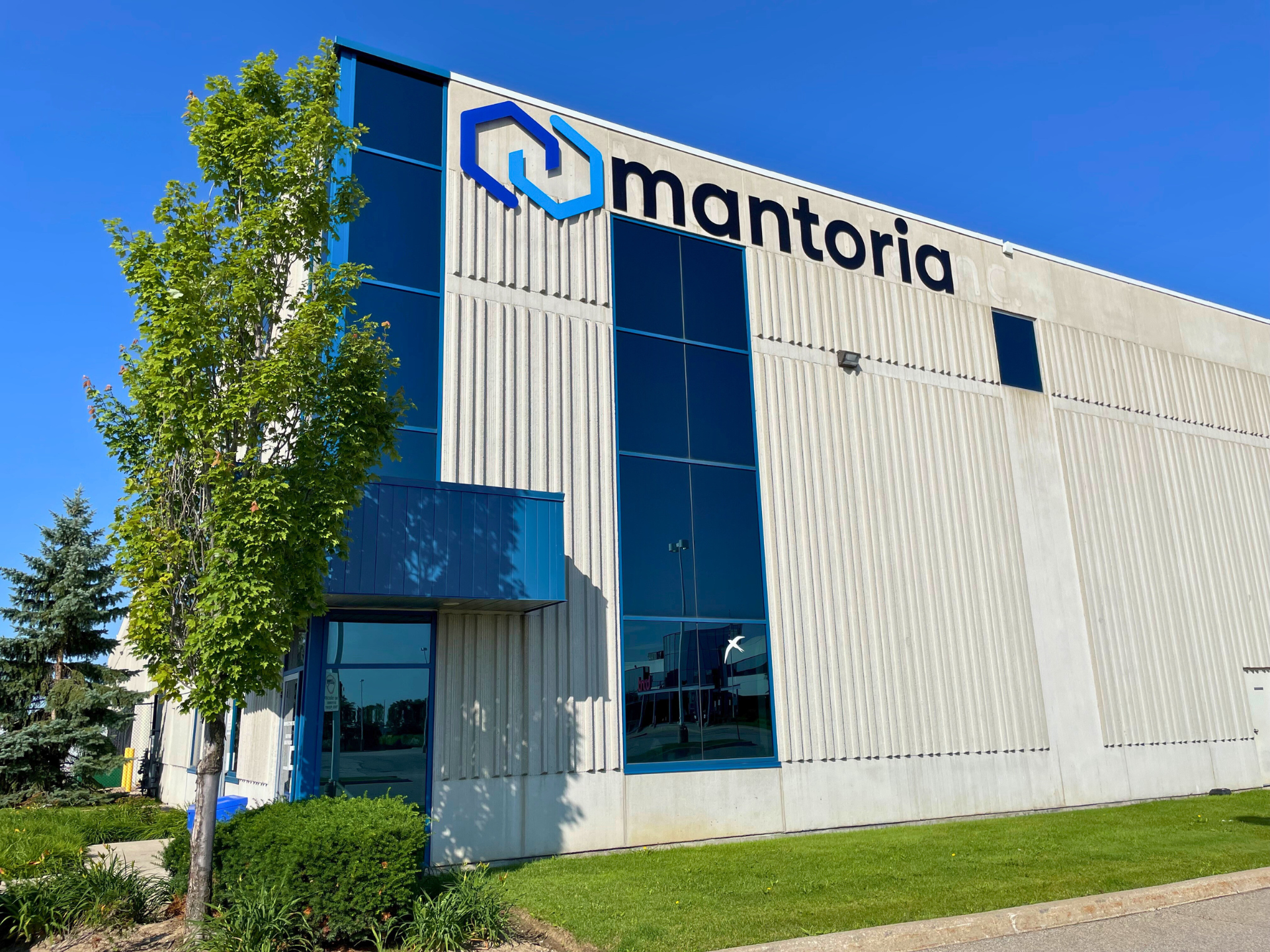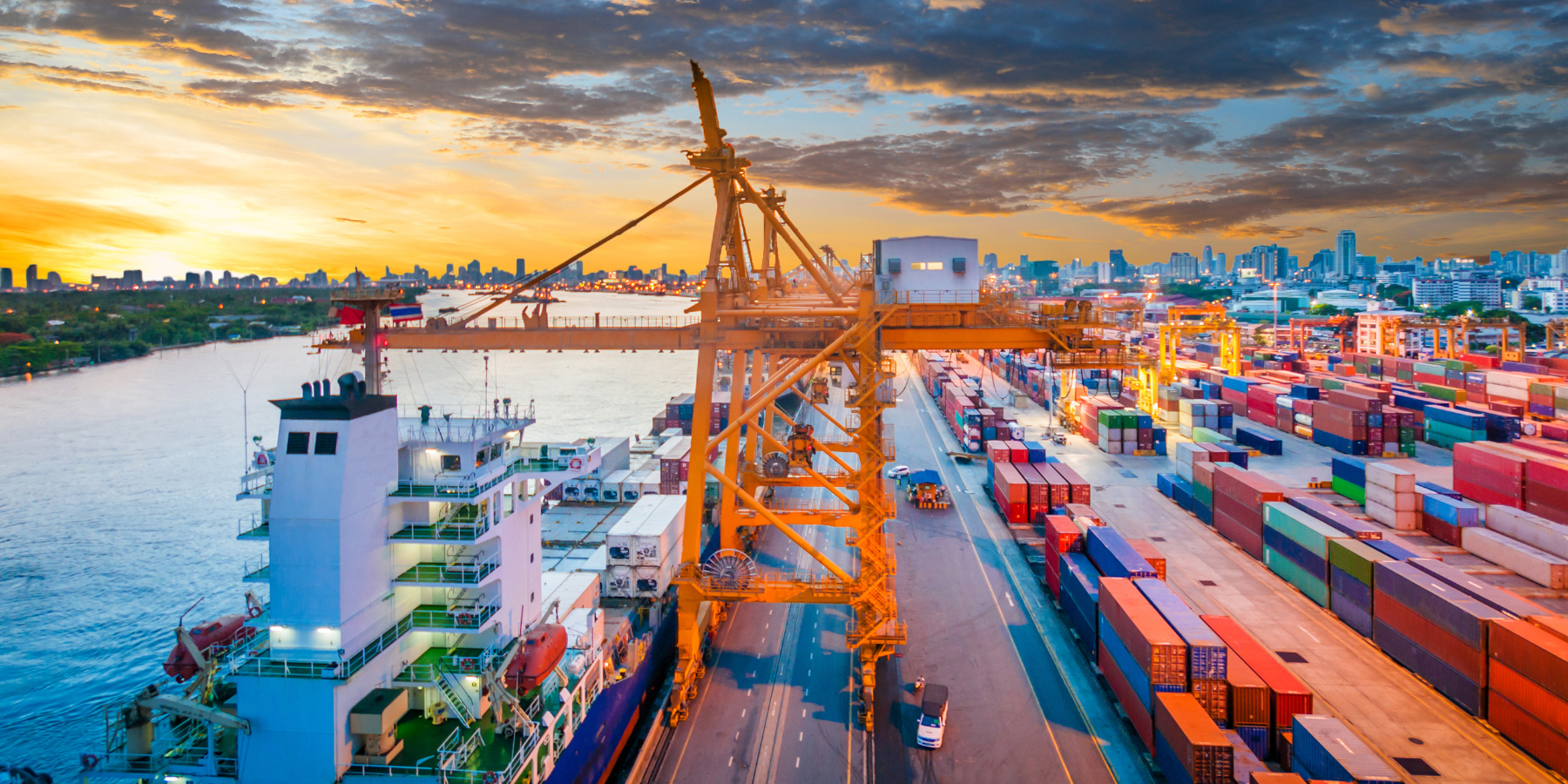Nicaragua Grand Canal
By now, most of us in the shipping industry are fully aware of the decision by the Daniel Ortega led Nicaraguan government to construct the world’s largest trans-continental canal. In conjunction with the Hong Kong Nicaragua Canal Development Investment Company (HKND group), a Hong Kong based for-profit firm, initial resettlement packages and primary construction equipment instalment is due to commence as early as March of this year.
The vast majority of the articles in the press and on line which I have read, cover the immense concerns for both the Nicaraguan local population / indigenous peoples, and the environmental impact the building of the canal will have on this almost untouched landscape. While those topics are very much of great concern to environmentalists and humanitarians alike, this interested party has not seen much coverage on the topic of economic viability.
If you visit the HKND website under the heading “Significance???, you can read the consortiums basic viability report. It outlines among other things, the growing number of Very Large Container Carriers or VLCC’s (15000 TEU + vessels), which are now plying the worlds seas (MSC’s “Oscar??? at 19000 + TEU’s was recently launched) and these types of vessels will probably proliferate in the coming years. There are also a significant number of vessels which are still too large, either in width or draught, which preclude them from transiting the Panama Canal even after this year’s expansion completion. These vessels include Cape size vessels and a variety of large ore carriers. The HKND website also boasts a handful of tables and maps outlining the increased flow of these gargantuan ships through the Grand Canal in the coming years / decades.
I am nonetheless skeptical on the economic success of this canal. The following are a few arguments augmenting my dubiousness.
The Panama Canal
The Panama Canal, despite its reputation as a bit of an early 20th century throwback, will at the end of 2015 “reopen??? its doors after an ambitious eight year upgrade. This new canal will boast the ability to handle vessels with deeper draughts and wider beams. Container vessels capable of hauling 14000 TEU’s will at its completion be capable of transiting the canal. It will also increase unidirectional crossings by 2000 transits per year. The “new and improved??? version will also have at least an eight year advantage over the Nicaraguan option, in order to strategize and combat the threat from the north.
It will be quite an easy sell for the Nicaraguans to entice vessels too large to navigate the Panama Canal, however what will their strategy be to lure away the vast majority of vessels already committed to Panama without sacrificing profits? Price point might be an issue. Tolls are the canals primary source of income, however the folks in Panama will supposedly have ample time to counter any lowball toll offers from the competition. Perhaps transit times will be a factor. Will a vessel be capable of a speedier crossing through Nicaragua? I doubt it. Once reopened Panama will usher their charges through in 24 hours or less. At approximately three times the length, the Grand Canal will have a difficult time surpassing that schedule.
US East Coast / West Coast capabilities
US east coast ports such as Baltimore, New York and Savannah have recently spent billions to upgrade their facilities in order to ratchet up their ability to handle the new 14000 TEU vessels. A response to the widening of the Panama Canal and in order to accommodate these ships en-route from Asia. It is my belief that these port upgrades will last for at least a few decades, and that with few exceptions, will these facilities upgrade again to accommodate container vessels which can only use the Nicaragua route? – thus negating most ship owners from relying on Nicaragua as a route option for their VLCC’s to the US east coast. No sense moving large ships to New York if the facilities cannot handle them, might as well concentrate those vessels on the Asia to US west coast and Asia to Europe trades.
US west coast ports, despite current labor strife, are spending large sums upgrading their facilities to both accept these very large container ships, and to expedite discharging rates. This coupled with initiatives with North American based railways to increase capacity to Americas heartland and the major east coast population, will also play a significant role in stymieing growth on the isthmus.
Trade flows: Americas – Asia / Europe – Asia
The largest vessels in the world, including the container VLCC’s were originally intended to ply trade routes applicable to their girth. Most ship owners would purchase these types of vessels knowing that the ships would run between Asia and Europe or Asia and the US west coast. The very largest of the largest, the Cape’s and the Very Large Crude Carriers, would continue as usual around Cape Horn and Cape Hope. What percentage of these would be convinced to convert to Nicaragua as an option? Will ship owners feel comfortable running their behemoths through a canal? Additionally what are the insurance risks?
New routes through the Arctic
The advent of the polar thaws, will also throw competition to both Panama and Nicaragua. This is still a bit of a pipe dream as only a few stout souls have proceeded through these tempestuous waters. However, it can only be a matter of time before the economies of scale and increased ice free waters will coerce ship owners to look more seriously at these polar options. Why pay a toll at all if one needn’t, especially if the transit time is hastened, or at the very least, undiminished.
Conclusion
In my opinion, the Nicaragua Grand Canal will have a limited audience, mainly the large vessels not able to transit the Panama Canal. They will have stiff competition, namely The Panama Canal and the US west coast initiatives, and perhaps eventually the polar routes. They will offer a product that while deeper and wider is much longer than the current option. Will these and other imponderable factors offset the enormous costs and challenges of constructing this canal? This naysayer says nay.



